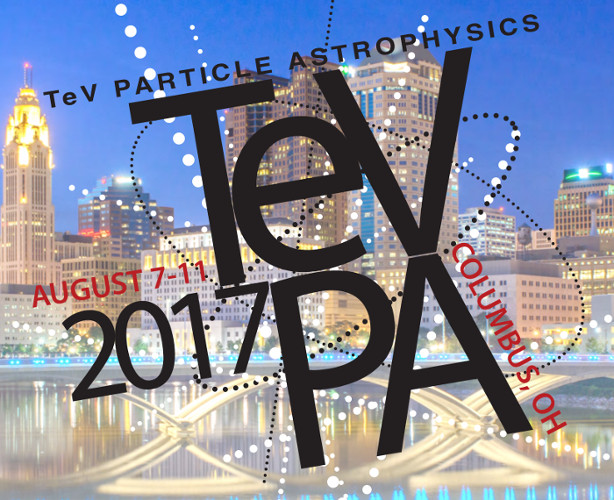Speaker
Description
Star-forming and starburst galaxies are among candidate sources of high energy neutrino flux detected in the IceCube experiment. Previous studies mainly used simple correlations between gamma-ray and infrared luminosities and assume a common value of gamma-ray spectral index for all starburst galaxies, though it should depend on properties of individual galaxies. In this work, we present a new theoretical prediction of the gamma-ray and neutrino flux from star-forming galaxies by using a semi-analytical model of cosmological galaxy formation, which quantitatively reproduces many observations of local and high-redshift galaxies such as luminosity functions and the cosmic star-formation history. We construct realistic models of gamma-ray and neutrino emission from individual galaxies at various redshifts from their properties, taking into account the cosmic-ray production, propagation and interaction inside them, assuming the energy densities of cosmic-ray and magnetic field are in equilibrium in each galaxy. We calibrate our model by using data of local galaxies detected by Fermi-LAT to make reliable calculations. Our baseline model, which is in remarkable agreement with gamma-ray data of local star-forming galaxies, predicts that less than 10 % of IceCube data can be explained even with the most optimistic parameters. Therefore other sources are required to explain IceCube neutrinos.

